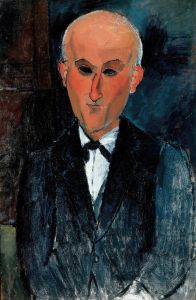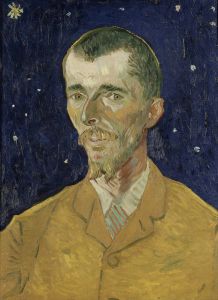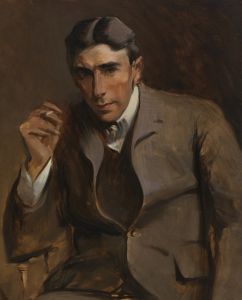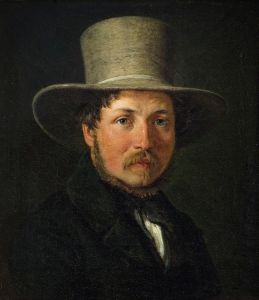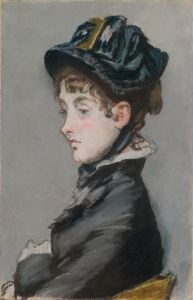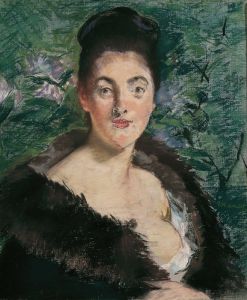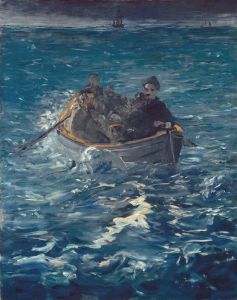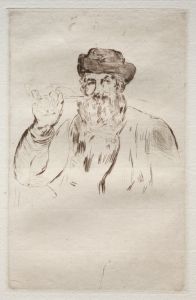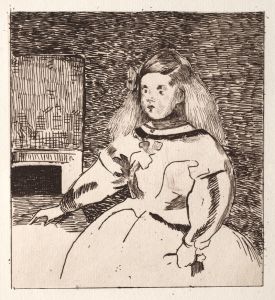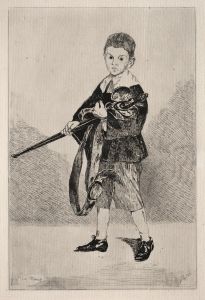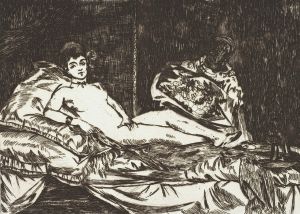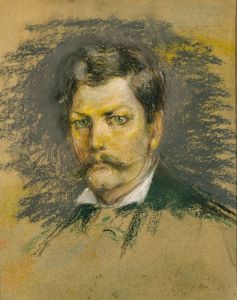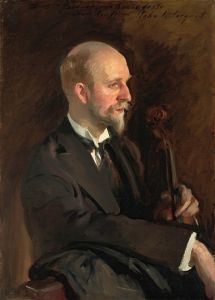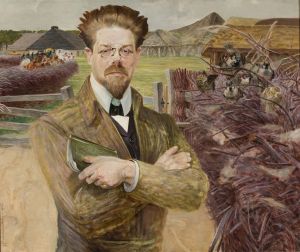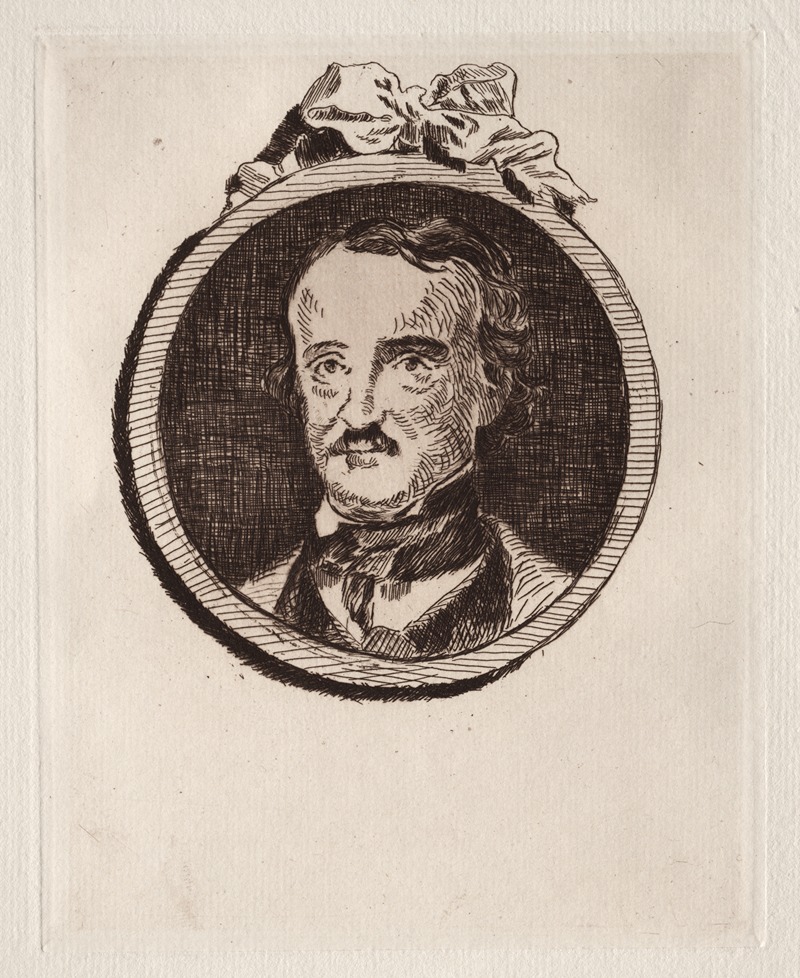
Edgar Allan Poe
A hand-painted replica of Édouard Manet’s masterpiece Edgar Allan Poe, meticulously crafted by professional artists to capture the true essence of the original. Each piece is created with museum-quality canvas and rare mineral pigments, carefully painted by experienced artists with delicate brushstrokes and rich, layered colors to perfectly recreate the texture of the original artwork. Unlike machine-printed reproductions, this hand-painted version brings the painting to life, infused with the artist’s emotions and skill in every stroke. Whether for personal collection or home decoration, it instantly elevates the artistic atmosphere of any space.
"Edgar Allan Poe" by Édouard Manet is a notable portrait of the famous American writer and poet Edgar Allan Poe, created by the French painter Édouard Manet. Manet, a pivotal figure in the transition from Realism to Impressionism, painted this portrait in 1860. The work is an oil on canvas and is part of the collection at the Musée d'Orsay in Paris, France.
Manet's portrait of Poe captures the brooding and intense nature of the writer, who is best known for his macabre and gothic tales such as "The Tell-Tale Heart," "The Fall of the House of Usher," and the poem "The Raven." The painting reflects Manet's admiration for Poe, whose works had gained significant popularity in France, partly due to the translations by Charles Baudelaire, a French poet and critic who was a contemporary of Manet.
In the portrait, Poe is depicted with a somber expression, his eyes conveying a sense of melancholy and depth. Manet's use of dark tones and stark contrasts highlights the enigmatic and haunting aura that surrounds Poe's literary persona. The background is kept simple and dark, ensuring that the focus remains on Poe's face and expression.
Manet's technique in this portrait is characterized by loose brushwork and a keen attention to the play of light and shadow, which adds to the dramatic effect of the painting. This approach is consistent with Manet's broader artistic style, which often sought to capture the essence of his subjects through bold and direct representation.
The portrait of Edgar Allan Poe by Manet is significant not only as a depiction of a literary icon but also as an example of the cross-cultural admiration and influence between American literature and French art during the 19th century. Poe's works had a profound impact on French literature, inspiring writers and artists alike, and Manet's portrait serves as a testament to this transatlantic cultural exchange.
The painting remains an important piece within Manet's oeuvre and continues to be appreciated for its artistic merit and historical significance. It offers insight into how Poe was perceived by his contemporaries and how his legacy was celebrated beyond the borders of the United States.
In summary, "Edgar Allan Poe" by Édouard Manet is a compelling portrait that captures the essence of the American writer through the lens of a French artist. It stands as a symbol of the enduring influence of Poe's work and the admiration it garnered across different cultures and artistic disciplines.





